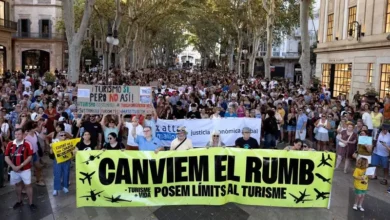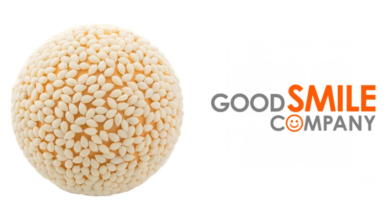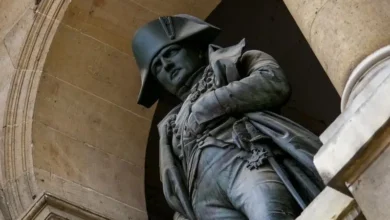Threads of heritage: Tirazain digital archive preserves Palestinian art of embroidery
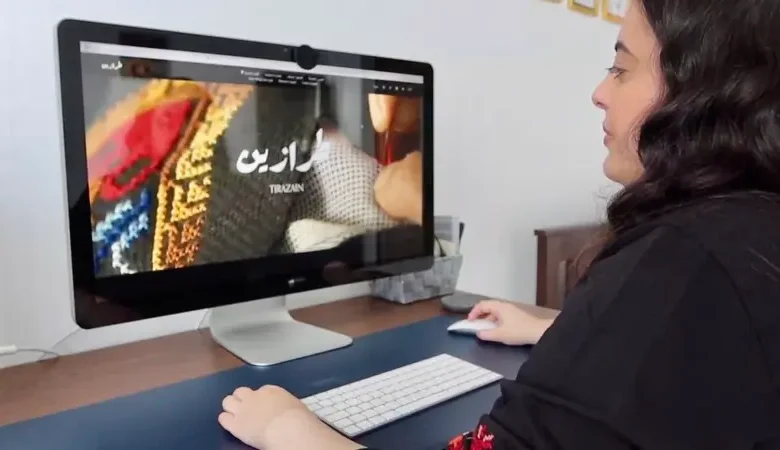
Growing up as a Palestinian in the diaspora, Zain Masri would spend summers visiting her grandmother in Jordan.
One summer, Masri’s grandmother, who is a skilled seamstress with her own business, introduced her to the traditional Palestinian art of embroidery known as Tatreez.
Recognized by UNESCO as Intangible Cultural Heritage, Palestinian embroidery symbolizes both national pride and socio-economic development.
“I was drawn to the creative and meditative aspects of Tatreez. As I learned more about the historical context of Tatreez and how Palestinian women used it as a form of storytelling, I became even more fascinated by the art form,” she said.
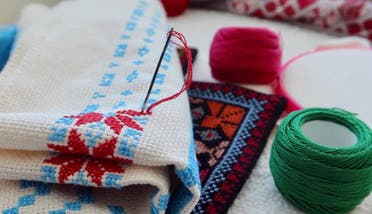
Masri joined online Palestinian embroidery communities, but she soon realized there was a need for high-resolution and easy-to-follow traditional cross-stitch patterns that were both accessible and affordable.
In October 2021, the young woman was inspired to create a platform that would bridge the gap between tradition and technology, ensuring the accessibility of Tatreez to everyone.
“That’s when the idea of Tirazain was born – to digitally preserve and celebrate the artistry, stories, and cultural significance of Palestinian embroidery,” she said.
Preservation through innovation
Digitizing centuries-old motifs wasn’t without challenges, according to Tirazain’s founder.
Tirazain worked with dozens of volunteers to digitize historic patterns found in books and photographs – including references by Sliman Mansour and Nabil Anani, who documented hundreds of motifs after visiting Palestinian villages and studying old dresses.
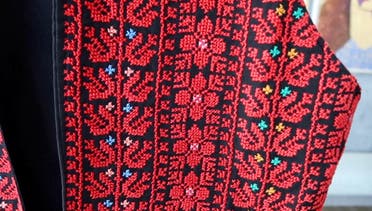
An essential component of the project was ensuring the inclusivity and representation of diverse voices within its platform and community.
Therefore, Tirazain actively sought input from community members to ensure that its collection reflected the diversity of Palestinian embroidery traditions and experiences, Masri said.
Over 1,000 traditional designs were digitized and categorized by village, colors, size of the design, and topic. The topics range from geometric patterns and objects to agriculture, animals, and individuals, and more.
The motifs were then published on Tirazain as images, with or without grids, as editable design files, and machine embroidery formats.
“Each pattern featured on Tirazain underwent careful digitization to ensure clarity and ease of use,” she said.
“These various formats are available to cater to the diverse preferences of Tatreez artists. For instance, some artists prefer to follow patterns in grid format while others prefer to see the cross-stitches in “X” format,” Masri said.
The platform also welcomed researchers to share additional context for motifs anytime in the comments under the digitized motifs.
Empowering artisans and bridging communities
From the urban buzz of New York to the lively art scene of Melbourne, Tirazain has created a dynamic community of individuals eager to immerse themselves in the rich tradition of Palestinian embroidery.
Through the platform, Tatreez artists have been able to explore the rich tradition of Palestinian embroidery, gaining insight into its history, symbolism, and craftsmanship.
While some community members have been practicing Tatreez for years, many are exploring the art form for the first time, said Masri.
For young Palestinians especially, Tirazain has been more than just a digital archive; it is a bridge that connects them with their cultural heritage.
By celebrating embroidery beyond mere art, Tirazain has cultivated cultural pride and resilience, emphasizing the role of heritage in shaping identity and narrative.
“Tirazain leverages technology and digital platforms to engage younger generations of Palestinians in their cultural heritage by providing accessible and interactive resources that resonate with modern audiences,” the Tirazain founder explained.
Individuals have been able to rediscover their roots and gain a deeper understanding of the significance of Palestinian embroidery in preserving their history and identity, according to her.
“Through our online platform, people can explore thousands of embroidery patterns and easily download them, while connecting with a global community of like-minded individuals.”
In an ever-evolving world where cultural heritage can face the threat of being lost or forgotten, initiatives like Tirazain stand out as beacons of preservation and celebration.
Through blending tradition with technology, Tirazain is ensuring that Palestinian heritage remains relevant and accessible to younger people, Masri said.

The website also offers educational resources and stitch-alongs to engage community members in meaningful dialogue, all the while promoting cultural exchange and mutual respect.
“By celebrating Palestinian embroidery, Tirazain cultivates empathy and connection across borders, enriching lives and broadening perspectives,” the Tirazain founder said.
Tatreez enthusiasts from various corners of the globe have been able to come together and share their experiences, stories, and traditions.
“The archive not only opens doors for the younger generations of Palestinians around the world to engage with their heritage and create connections through shared history and art, but also ensures that the storytelling of Palestinian women, who have been instrumental in this art form, are preserved and celebrated,” Masri said.
Tirazain has also contributed to the economic prosperity of Palestinian communities, both locally and internationally.
Because of the platform, Tatreez artists from around the world – including many who are based in Palestine, Jordan, Kuwait, the UAE, Canada, the US, the UK, Australia, New Zealand, Chile, and more – have been able to use the patterns digitized on Tirazain to create designs for their businesses or personal projects.
The Palestine- and Jordan-based online store Kannagi, for example, has incorporated Palestinian motifs found on Tirazain into their designs to create art pieces that combine Arabic calligraphy with traditional embroidery.
Meanwhile, Dina Asfour and Youm al-Kaisi – founders of ‘The Tatreez Collection’ that teaches communities in London the art of Palestinian embroidery – use designs digitized by Tirazain in their workshops.
A testament to dedication
In 2023, Tirazain was honored with the prestigious Bronze Anthem Award at The Webby Awards, the leading international award honoring excellence on the Internet with a judging body composed of over three thousand industry experts and technology innovators.
This accolade, presented to the platform in recognition of its outstanding contribution to the preservation and celebration of Palestinian heritage, marked a watershed moment in Tirazain’s journey.
For Zain Masri and the entire Tirazain team, this honor was a testament to their dedication, innovation, and unwavering commitment to cultural preservation.
“Receiving the Bronze Anthem Award at The Webby Awards in 2023 was a tremendous honor and validation of Tirazain’s mission to preserve and celebrate Palestinian heritage,” she said.
“The award has raised awareness of our platform and expanded our reach to new audiences, strengthening our position as a global platform for cultural preservation. It has also inspired confidence and recognition among our community members, reaffirming the importance of our work and motivating us to continue our efforts with renewed passion and dedication.”
As Tirazain charts its course forward, Masri and her team are committed to further preserving and celebrating Palestinian heritage by expanding their digital archive and engaging in collaborative projects with the Tatreez community.
“Ultimately, we envision Tirazain as a resource for anyone interested in Palestinian embroidery, serving as inspiration, education, and cultural exchange for generations to come,” she said.
